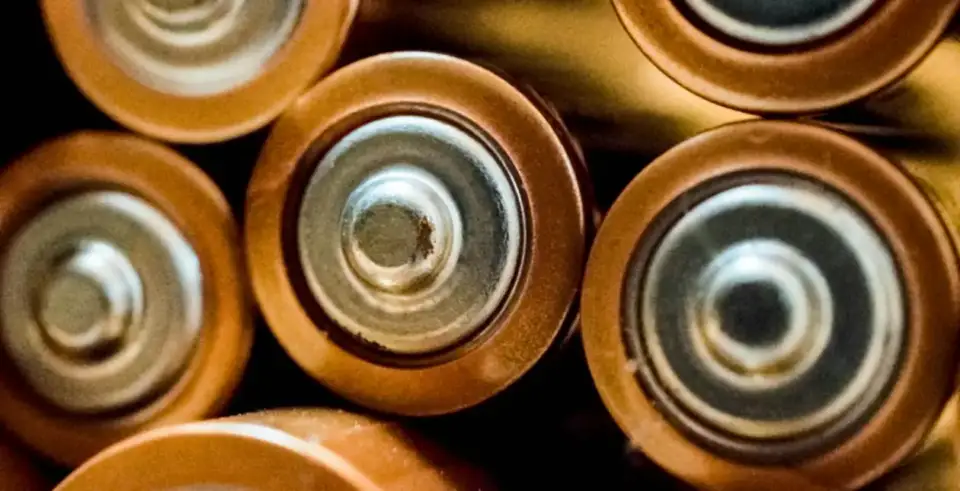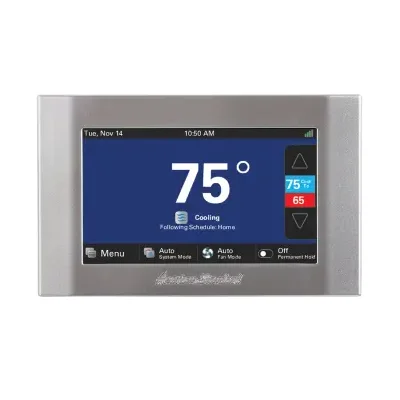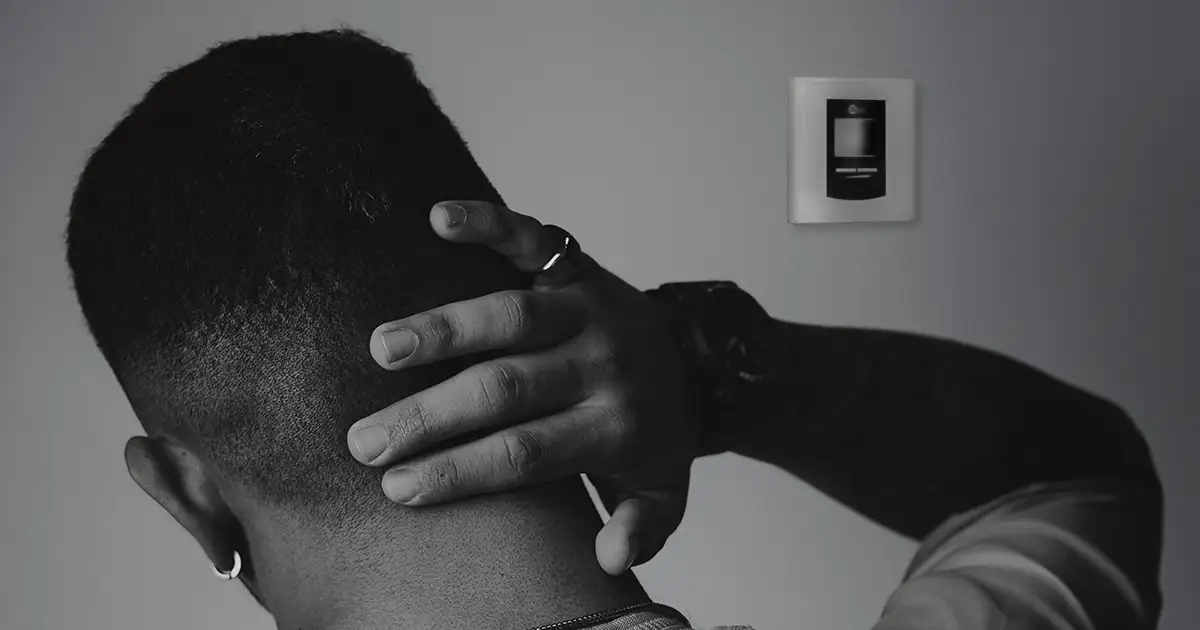A blank thermostat screen can be alarming, to say the least. After all, your thermostat is the command center for your home’s heating and cooling system. When it stops working, your home’s comfort — and potentially, your wallet — is at risk.
Don’t worry just yet. Most of the time, a blank thermostat screen is a minor issue with a simple fix. Whether you’re a seasoned DIY-er or just a curious homeowner, this guide will walk you through the steps to troubleshoot and resolve the problem.
Power Outage
Power outages can cause your thermostat screen to go blank temporarily. When the power is out, the thermostat loses the electricity it needs to operate. Once power is restored, the thermostat should come back on.
If you suspect a power outage caused the problem, check other electrical devices in your home. If they’re also not working, it’s likely an outage. Once the power returns, check your thermostat. If it remains blank, you may need to reset the circuit breaker or check the thermostat’s wiring to ensure everything is in order.
Dead or Low Batteries
One of the most common reasons for a blank thermostat screen is dead or low batteries. If your thermostat isn’t hardwired to your HVAC system, it relies on batteries. Over time, these batteries lose their charge, causing the screen to go dark.
To check if this is the issue, start by removing the thermostat cover to access the battery compartment. If the batteries are dead or low, replace them with fresh AA or AAA batteries. Most thermostats will show a low battery warning before the screen goes completely blank, so it’s also a good idea to watch for that. After replacing the batteries, the screen should light up again, and your thermostat will resume normal function.

Tripped Circuit Breaker
Your thermostat is connected to your home’s electrical system, which means a tripped circuit breaker can cut power to the thermostat, resulting in a blank screen. This is especially common if the thermostat shares a circuit with another appliance that draws a lot of power.
To check for a tripped breaker, locate your home’s electrical panel and look for the breaker labeled for your HVAC system. It tripped if the switch is in the middle or “off” position. Reset the breaker by flipping it to “off” and back to “on.” Once reset, check your thermostat. If the screen lights up, you’ve found the problem. If the breaker trips again, it might indicate a more significant electrical issue that requires professional attention.
Wiring Issues
Loose or faulty wiring can prevent power from reaching your thermostat, leading to a blank screen. This issue can occur if the wiring connections are loose, damaged, or incorrectly installed.
Before inspecting the wiring, turn off the power to your HVAC system at the circuit breaker to avoid any risk of electrical shock. Remove the thermostat’s faceplate to access the wiring terminals. Check for any loose or disconnected wires and tighten them if necessary.
If the wires appear damaged, you may need to replace them or give A/C Rescue a call so we can handle the repairs.
Safety Switch Tripped
Your HVAC system is equipped with safety switches designed to protect it from damage in case of excess moisture or high temperatures. If one of these switches trips, it can cut power to the thermostat, causing the screen to go blank.
Some AC units have a drain pan safety switch, which will turn off the thermostat if it detects too much moisture. Similarly, some thermostats will shut off if the furnace door is open. If you suspect a tripped safety switch, start by checking the drain pan for excess water and ensure the furnace door is securely closed. If the problem persists, A/C Rescue is happy to stop by and check it out for you.
While the causes mentioned above are the most frequent, a few less common issues could also result in a blank thermostat screen. Here’s what else to look out for:
Blown Fuse
If your thermostat still has a blank screen after addressing the more common issues, it might be due to a blown fuse. The fuse that protects your HVAC system can blow if there’s a power surge or the system draws too much power.
To check for a blown fuse, you’ll need a multimeter, a tool that measures voltage. If you don’t have one, don’t fret. You can schedule with A/C Rescue, and we’ll be out in a flash to get you operational again.
Dirty Air Filter
A dirty air filter can cause more problems than just reduced airflow. If the filter becomes clogged, it can trigger a safety switch in your HVAC system, which might turn off the thermostat to prevent further damage.
If you haven’t changed your air filter in a while, this could be the root of the problem. Check the air filter; if it’s covered in dust and debris, replace it with a new one. It’s a good habit to replace your air filter every 1-3 months, depending on your HVAC usage and whether you have pets or allergies. After replacing the filter, reset the thermostat to see if the screen turns on.
When to Consider Replacing Your Thermostat
Even with the best care, thermostats don’t last forever. The average thermostat has a lifespan of about ten years. If your thermostat is old and frequently malfunctions, it might be time to consider a replacement.

Signs Your Thermostat Needs to Be Replaced: Beyond a blank screen, other signs that your thermostat might fail include inaccurate temperature readings, failure to respond to adjustments, and inconsistent heating or cooling. If your thermostat is causing your HVAC system to run improperly, it could lead to higher energy bills and discomfort in your home.
Choosing a New Thermostat: When selecting a new thermostat, consider your needs and preferences. Smart thermostats, like American Standard’s AccuLink™ Platinum 850, offer advanced features like learning your schedule, remote control via smartphone, and energy usage reports. These models can help you save on energy costs by optimizing your HVAC system’s performance. If you prefer something simpler, a programmable thermostat might be a good choice. These allow you to set schedules for heating and cooling but don’t include the extra features of a smart thermostat.
DIY vs. Professional Installation:
If you’re comfortable with basic wiring, you might be able to install the new thermostat yourself. Start by turning off the power to your HVAC system at the breaker. Carefully remove the old thermostat, noting how the wires are connected. Most new thermostats come with clear instructions and labels to help you install them correctly. However, if you’re uncomfortable working with electrical wiring or your system is complex, just call us. We can ensure the new thermostat is installed correctly and help you avoid any potential issues down the line.
Final Thoughts
A blank thermostat screen doesn’t have to be a cause for panic. With a bit of troubleshooting, you can often resolve the issue and restore comfort to your home. Whether it’s something as simple as replacing batteries or as involved as fixing wiring, addressing the problem promptly will keep your HVAC system running smoothly.
Regular maintenance, such as replacing air filters and checking battery levels, can help prevent these issues from happening in the first place. And if you find that your thermostat is nearing the end of its life, upgrading to a new model can improve your home’s energy efficiency and give you greater control over your heating and cooling.
Remember, if you’re ever in doubt or uncomfortable with any of these steps, don’t hesitate to call (972) 278-6800 for help. A/C Rescue is here to help you keep your home comfortable, safe, and running efficiently.

